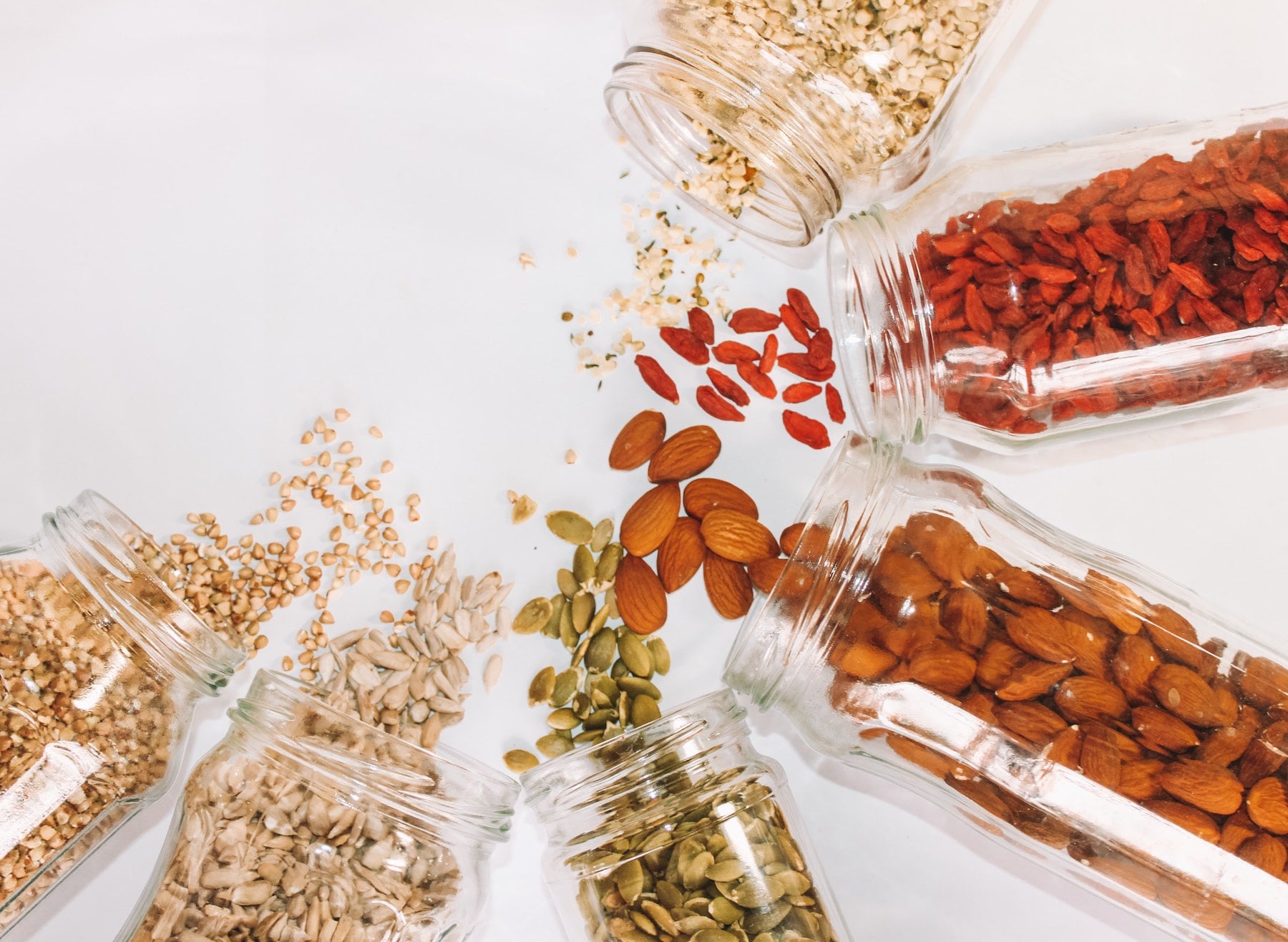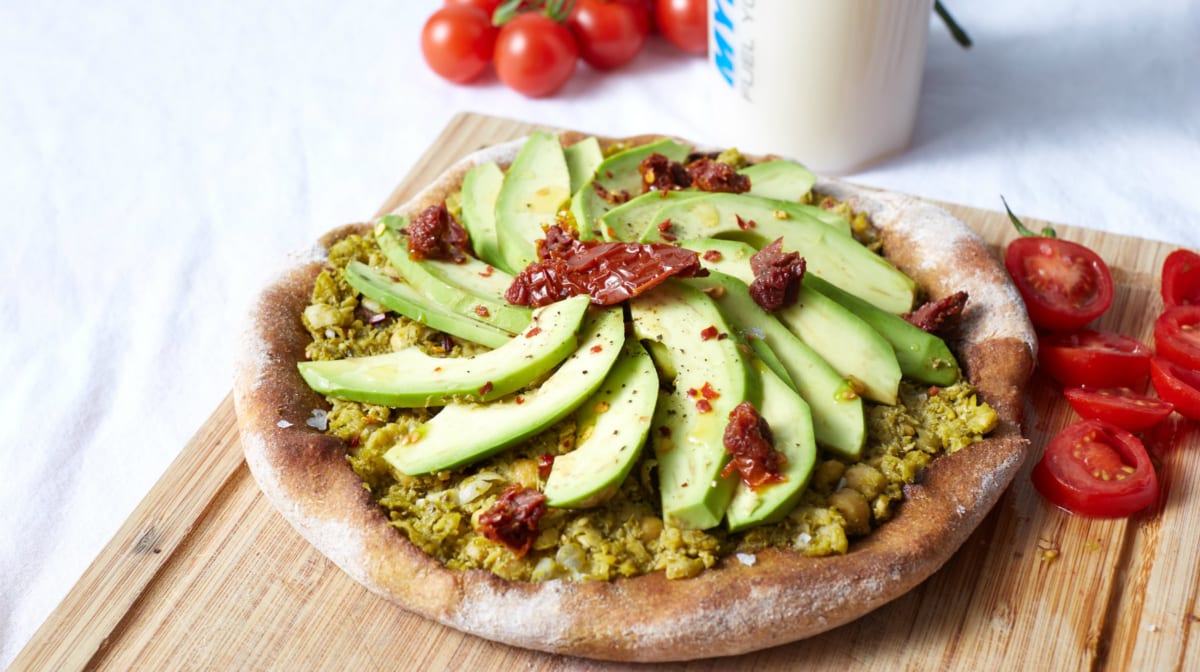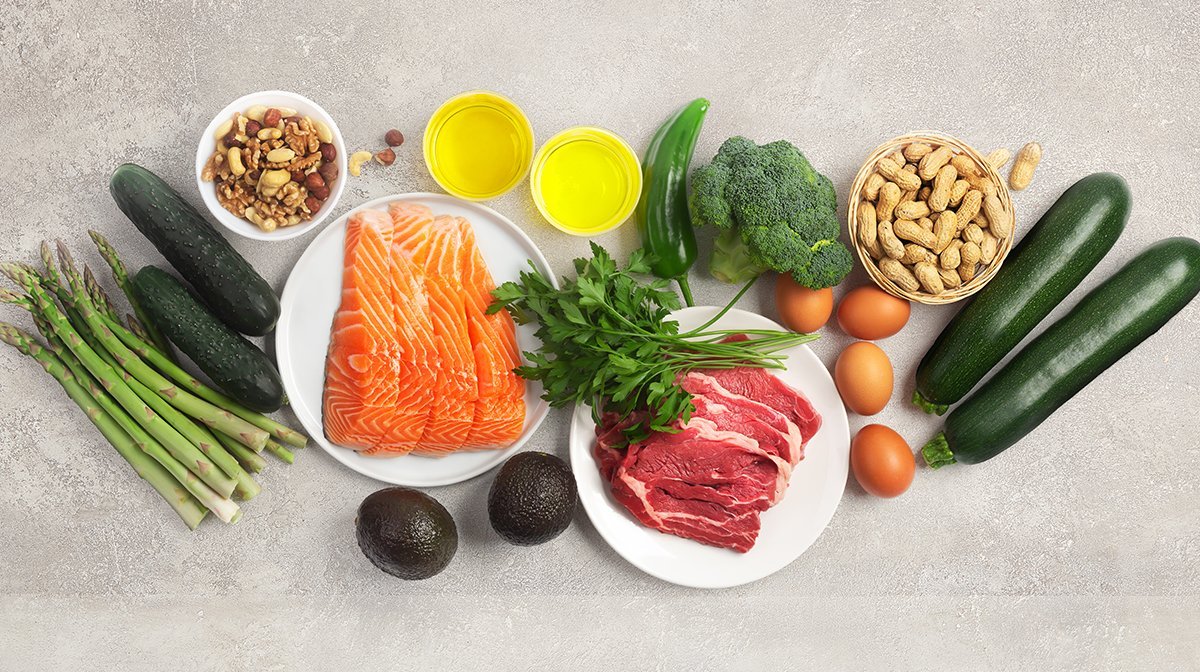- Royston, K. J., & Tollefsbol, T. O. (2015). The epigenetic impact of cruciferous vegetables on cancer prevention. Current pharmacology reports, 1(1), 46-51.
- Roberts, J. L., & Moreau, R. (2016). Functional properties of spinach (Spinacia oleracea L.) phytochemicals and bioactives. Food & function, 7(8), 3337-3353.
- Yang, B., & Kortesniemi, M. (2015). Clinical evidence on potential health benefits of berries. Current Opinion in Food Science, 2, 36-42.
- Bowen, K. J., Harris, W. S., & Kris-Etherton, P. M. (2016). Omega-3 fatty acids and cardiovascular disease: are there benefits?. Current treatment options in cardiovascular medicine, 18(11), 1-16.
- Tsai, Chia-Wen, Haw-Wen Chen, Le-Yen Sheen, and Chong-Kuei Lii. “Garlic: Health benefits and actions.” BioMedicine 2, no. 1 (2012): 17-29.
- Kim, Y., Keogh, J. B., & Clifton, P. M. (2017). Benefits of nut consumption on insulin resistance and cardiovascular risk factors: multiple potential mechanisms of actions. Nutrients, 9(11), 1271.
- Kerimi, A., & Williamson, G. (2015). The cardiovascular benefits of dark chocolate. Vascular pharmacology, 71, 11-15.
- Sinija, V. R., & Mishra, H. N. (2008). Green tea: Health benefits. Journal of Nutritional & Environmental Medicine, 17(4), 232-242.
- Bhuyan, D. J., Alsherbiny, M. A., Perera, S., Low, M., Basu, A., Devi, O. A., … & Papoutsis, K. (2019). The odyssey of bioactive compounds in avocado (Persea americana) and their health benefits. Antioxidants, 8(10), 426.

Hvis du rammer dine makroer og får tilstrækkeligt med protein og grøntsager hver dag, tænker du måske, at din kost ikke kan blive meget bedre, vel? Men hvad nu hvis du kunne forbedre den endnu mere? Så er det her, at superfood kommer ind i billedet.
At fokusere på fødevarer med dokumenterede sundhedsfordele er en måde at maksimere dine måltidsplaner og dit helbred på. Så lad os break down med præcis, hvad en superfood er og give dig et par muligheder, som du kan tilføje til din indkøbsliste i denne uge.
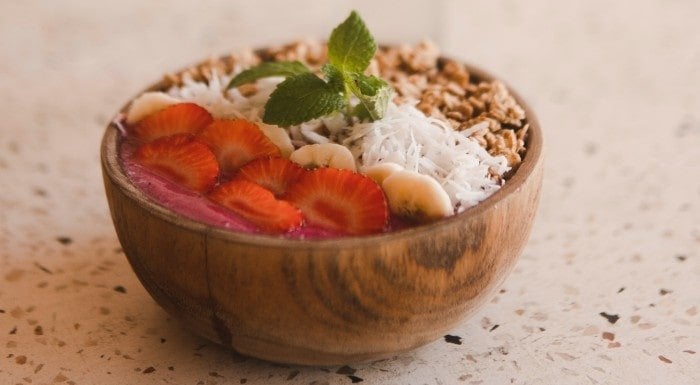
Hvad er en superfood?
Selv om udtrykket "superfood" ikke er reguleret med en standard definition, henviser det ofte til fødevarer, der har specifikke sundhedsmæssige fordele og funktioner. Vi ved alle, at frugt, grøntsager og sunde fedtstoffer er gode for os at inkludere i vores kost, men hvilke af dem har åbenlyse sundhedsmæssige fordele?
Undersøgelse af mikronæringsstoffer - vitaminer, mineraler og antioxidantforbindelser - viser ofte, hvordan disse komponenter på celleniveau kan have store sundhedsmæssige fordele.
Hvad er nogle almindelige superfoods?
Korsblomstrede grøntsager
Selvom du måske har grøntsager som blomkål, grønkål, broccoli og rosenkål i din kost, fordi de er kaloriefattige, fiberrige og lækre - vidste du så, at de også betragtes som en superfood? Disse grøntsager indeholder kraftfulde vitaminer og mineraler, herunder folat, A-, C- og K-vitamin samt phytonæringsstoffer, som kan hjælpe med at reducere inflammation.1
Spinat
Spinat er en superfood med mange næringsstoffer, der giver en lang række sundhedsmæssige fordele. Den er fantastisk i salater, kogt eller i en smoothie.
Spinat har et højt indhold af fibre, magnesium, kalium og jern og indeholder endda en del protein. Spinat er fyldt med K-vitamin, A-vitamin og C-vitamin, og forskning understøtter, at spinat kan beskytte celler mod oxidative skader, forebygge inflammation og hjælpe med vægttab.2
Bær
Bær er ofte et populært frugtvalg, når man forsøger at tabe sig, begrænse sukkerholdige frugter eller skære ned på kulhydrater. Selv om de er naturligt søde og lækre, er de ofte lavere i kulhydrater pr. gram end nogle andre frugter.
Bær er fyldt med vand, fibre og antioxidanter, hvilket fører til sundhedsmæssige fordele som at reducere inflammation, fremme hjertesundhed, sund aldring og tarmsundhed.3 Forskning viser, at fordelene ved bær er endnu større, når din krop er i en tilstand af metabolisk stress (dvs. intens træning).3
Fed fisk
Laks, sild og makrel anses for at være superfoods takket være deres høje indhold af omega-3 flerumættede fedtsyrer. Specifikt er disse fisk rige på eicosapentaensyre (EPA) og docosahexaensyre (DHA). EPA og DHA har vist sig at have hjertesunde fordele, og eksperter anbefaler, at man spiser mindst to portioner fed fisk om ugen.4
Mangler du en opskrift? Prøv vores laksemad med pesto laks.
Hvidløg
Selv om hvidløg er en vigtig ingrediens i mange salte retter, kan du opleve, at nogle mennesker insisterer på store doser hvidløg, når de ønsker at bekæmpe en sygdom. Hvidløg er blevet betragtet som et naturlægemiddel og er blevet brugt i århundreder til at behandle infektioner. Nyere forskning understøtter dets hjerte sunde fordele.5
Nødder og frø
Nødder og frø er bredt kendt for deres fordele, især for deres gavnlige virkninger for hjertet.6 Selv om de enkelte ernæringsprofiler for nødder og frø varierer, bidrager de alle med fibre, vitaminer og mineraler, der støtter den generelle sundhed, ud over at de er en tilfredsstillende kilde til sundt fedt.
Mørk chokolade
Nyheden om, at mørk chokolade faktisk kan være godt for dig, er måske den mest spændende videnskabelige opdagelse i det 20. århundrede.
Mørk chokolade indeholder antioxidanter takket være kakaoindholdet, hvilket kan være gavnligt for hjertesundheden. Mens chokolade også indeholder fedt og sukker (som ikke er så godt for hjertesundheden), har mørk chokolade en højere procentdel kakao og mindre fedt og sukker for at opnå maksimal sundhedsmæssig fordel.7 Prøv at finde et kakaoindhold på 70 % eller mere.
Grøn te
Mens de fleste typer te indeholder kraftfulde plantebaserede forbindelser, er grøn te en særlig populær superfood-drik, der er fyldt med polyfenoler, som er ansvarlige for dens sundhedsmæssige fordele.
Grøn te indeholder antioxidanter, der har beskyttende sundhedsfordele, og kan bruges som et nootropisk middel til at fremme fokus, energi og vægttab.8 Du kan drikke traditionel varm grøn te, prøve den som matcha-pulver eller blande noget i din protein shake.
Avocado
Avocado er en lækker kilde til hjertesund fedt, men vidste du, at den også har et højt indhold af protein og fedtopløselige vitaminer? Fedtopløselige vitaminer er vigtige for vores sundhed og optages bedst med en kilde til sundt fedt som avocado.
Ud over at støtte hjertesundheden kan avocadoer i din kost også hjælpe med at forebygge aldersrelaterede sygdomme. Avocado er også populær i skønhedsprodukter på grund af dens fugtgivende olier, som får din hud til at se lysere ud.9
Prøv denne avocado pizza.
Kort fortalt
Mens de sundeste kostmønstre indeholder en bred vifte af fødevarer for at variere dit næringsstofindtag, er det at inkludere disse ni superfoods i din ugentlige måltidsplan en fantastisk måde at gavne dit helbred på. Selv om disse fødevarer ikke har magiske eller umiddelbare virkninger, er de en god måde at tage kontrol over en sundere generel kost og livsstil på, og de er også alle velsmagende!
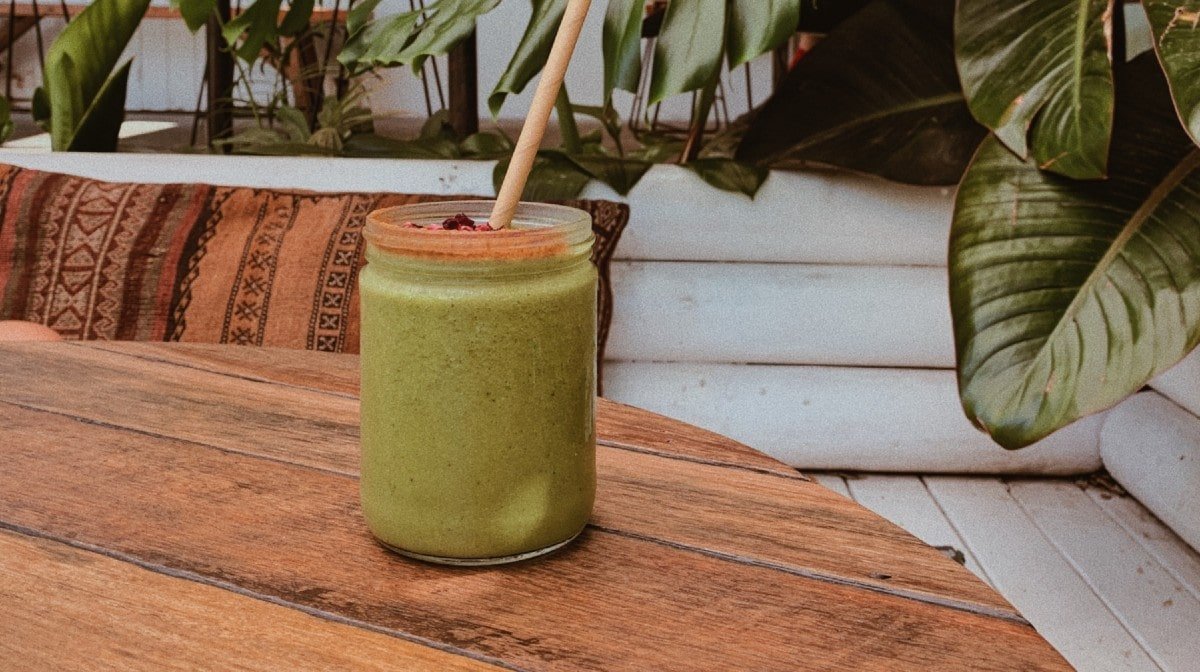
Green Superfood Blend | Dit Superfood Tilskud
Tid til at få din dosis grønt.
Vores artikler skal kun bruges til informative og uddannelsesmæssige formål og må aldrig tages udgangspunkt i som værende lægehjælp. Hvis du er bekymret for dit helbred, så anbefales det at konsultere en sundhedsfaglig professionel, inden du tager kosttilskud eller introducerer større ændringer i din kost.

Claire er registreret diætist fra the Academy of Nutrition and Dietetics og certificeret sundheds- og velvære coach fra the International Consortium for Sundhed og Wellness Coaching. Hun har en BA i biologividenskab og en Master i klinisk ernæring fra universitetet i Pittsburgh.
At tale og skrive om mad og fitness står Claires hjerte nær, da hun elsker at anvende sin viden og erfaring til at hjælpe andre, så de kan nå deres mål omkring sundhed og velvære.
Claire er også certificeret indendørs cyklinginstruktør og elsker det mentale og fysiske boost, som hun opnår ved at løbe og dyrke regelmæssig yoga. Når hun ikke selv holder sig i form, så hepper hun på hjembyens sportshold i Pittsburgh eller kokkererer i køkkenet til hendes familie.
Få mere at vide om Claires erfaring her.
Relaterede artikler

